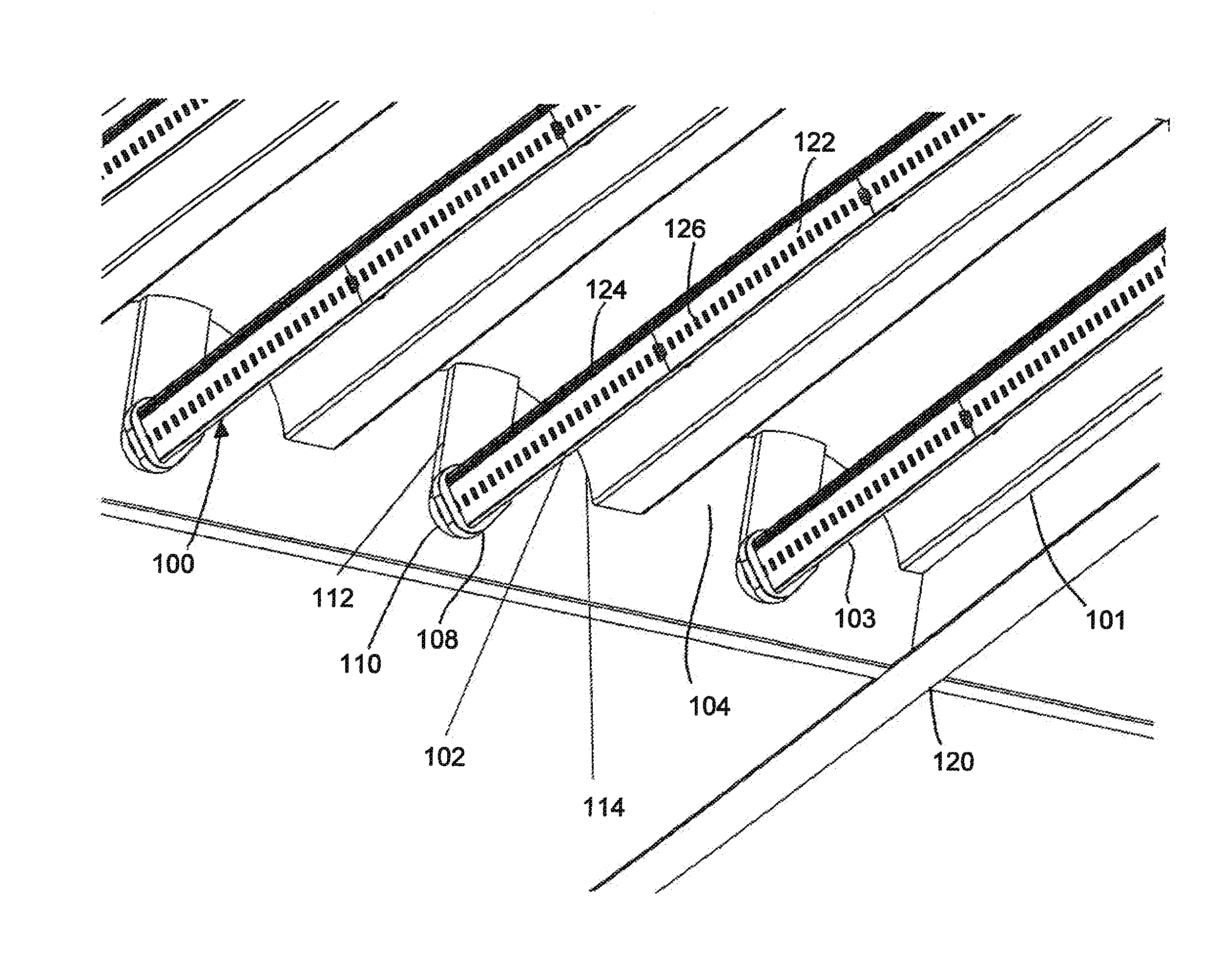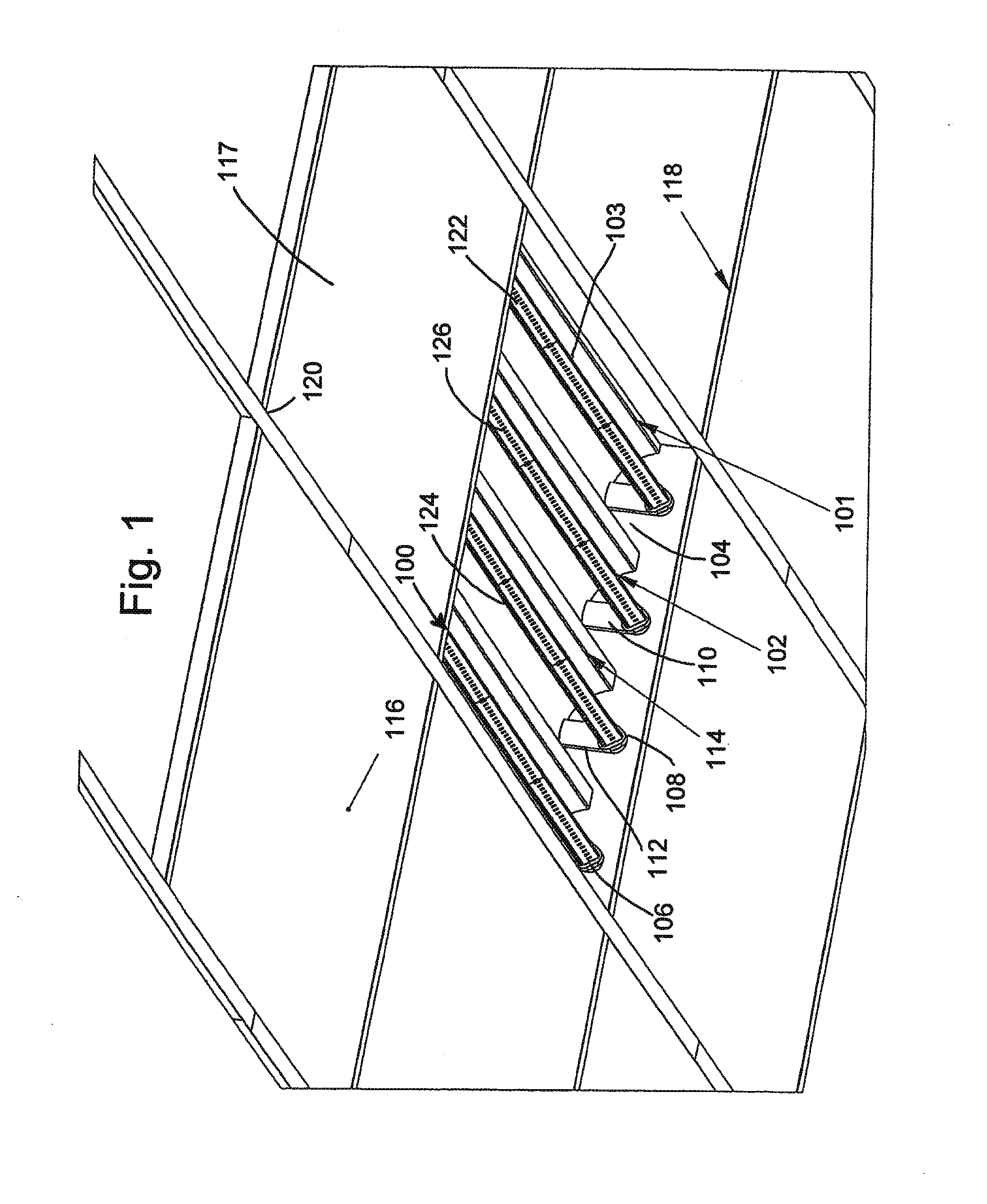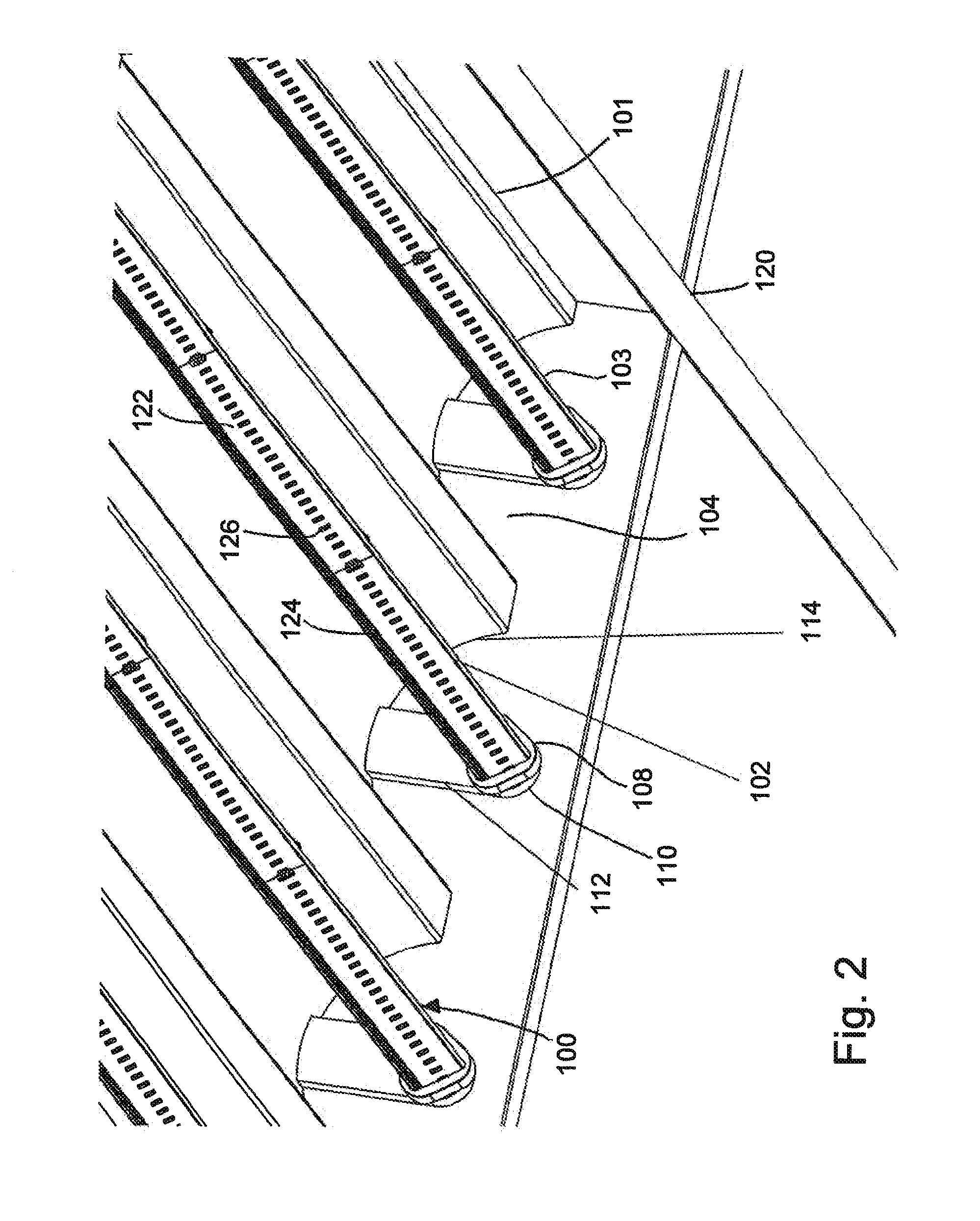Incandescent light bulbs, however, are very inefficient, as over 98% of its energy input is emitted and generated as heat.
While the heat generated by fluorescent lamps is much less than its incandescent counterpart, energy is still lost in generating the UV light and converting UV light into visible light.
If the lamp breaks,
exposure to mercury can occur.
Most fluorescent lights are not compatible with dimmers.
With incandescent bulbs, the cost of replacement bulbs and the labor expense and time needed to replace them can be significant especially where there are a large number of incandescent bulbs.
For office buildings and
high rise buildings, maintenance costs to replace bulbs can be expensive and can be substantially decreased with LED lighting.
Incandescent bulbs, however, operate at about 20% efficiency with 80% of the electrical energy is lost as heat.
In many countries incandescent lighting for homes and offices is no longer available and building regulations require new premises to use LED lighting.
Conventional prior art LED lighting which is powerful enough for room lighting, however, is relatively expensive and requires more precise current and
heat management than
fluorescent lamp sources of comparable output.
Furthermore, conventional LED lighting can have a higher
capital cost than other types of lighting and LED light tends to be directional with small areas of illumination.
Moreover, conventional LED luminaries suffer from drawbacks due to a lack of lumen output and less than desirable
light dispersion.
Individually and combined, these aspects of conventional LED lighting can detract from efficient utilization of LED luminaries.
One problem that has plagued the lighting industry is associated with how conventional, elongate, tubular lighting components are operatively mounted through end connectors.
Often one or more of the pins are misaligned during this process so that
electrical connection is not established.
The same misalignment may cause a compromised mechanical connection whereupon the body may escape from the connectors and drop so that it is damaged or destroyed.
Further, the connectors on the support / reflector are generally mounted in such a fashion that they are prone to flexing.
Furthermore, the conventional bi-pin means for mechanically holding the body in place, while also allowing power to be distributed to the illumination source, was created for very lightweight fluorescent lighting and not designed for LED tubular lighting that has additional weight due to the required
heat sink and PCB boards.
A still further problem with this type of lighting configuration, particularly with an
LED illumination source, is that the end connectors joined to the body are by their nature difficult to consistently assemble.
If the conductive components are not properly connected, the
system may be inoperable.
Soldered connections are also prone to failing when subjected to forces in use.
Generally, it is difficult to maintain a high level of
quality control, regardless of the care taken in assembling these types of components.
Aside from the quality issue, the
assembly steps that involve the
electrical connection of the conductors are inherently
time consuming and may require relatively skilled labor, and / or expensive automated systems.
Disassembly of such lamps presents similar difficulties and expense.
As a result of these difficulties associated with assembly and disassembly, refurbishing such lamps to replace defective or worn out components is difficult to justify economically.
In most cases, the entire lamp assembly will simply be discarded and replaced with a new lamp assembly, and as a result, lamp components that have significant useful life remaining are wasted.
Still another problem in the lighting industry are the difficulties and costs associated with proper design and control of emergency lighting circuits.
The proper design and control of emergency lighting circuits in compliance with the many standards and codes that may apply to a given site installation has long presented difficult challenges for manufacturers, systems integrators and electricians and engineers.
An
uninterruptible power supply is an electrical apparatus that provides emergency power to a load when the input power source, typically mains power, fails.
This approach entails the potentially high cost of the emergency
system equipment and may be visually unappealing as result of excess luminaries which are not illuminated during
normal conditions.
During a power failure, the load control
relay energizes the emergency lights.
This approach avoids the need to deploy physically separated emergency circuits, but is typically implemented in aesthetically unpleasing forms resembling a car headlight
battery pack unit.
Although such systems offer aesthetic advantages, they are expensive and complex to design and install.
Other known approaches suffer similar drawbacks.
 Login to View More
Login to View More 


